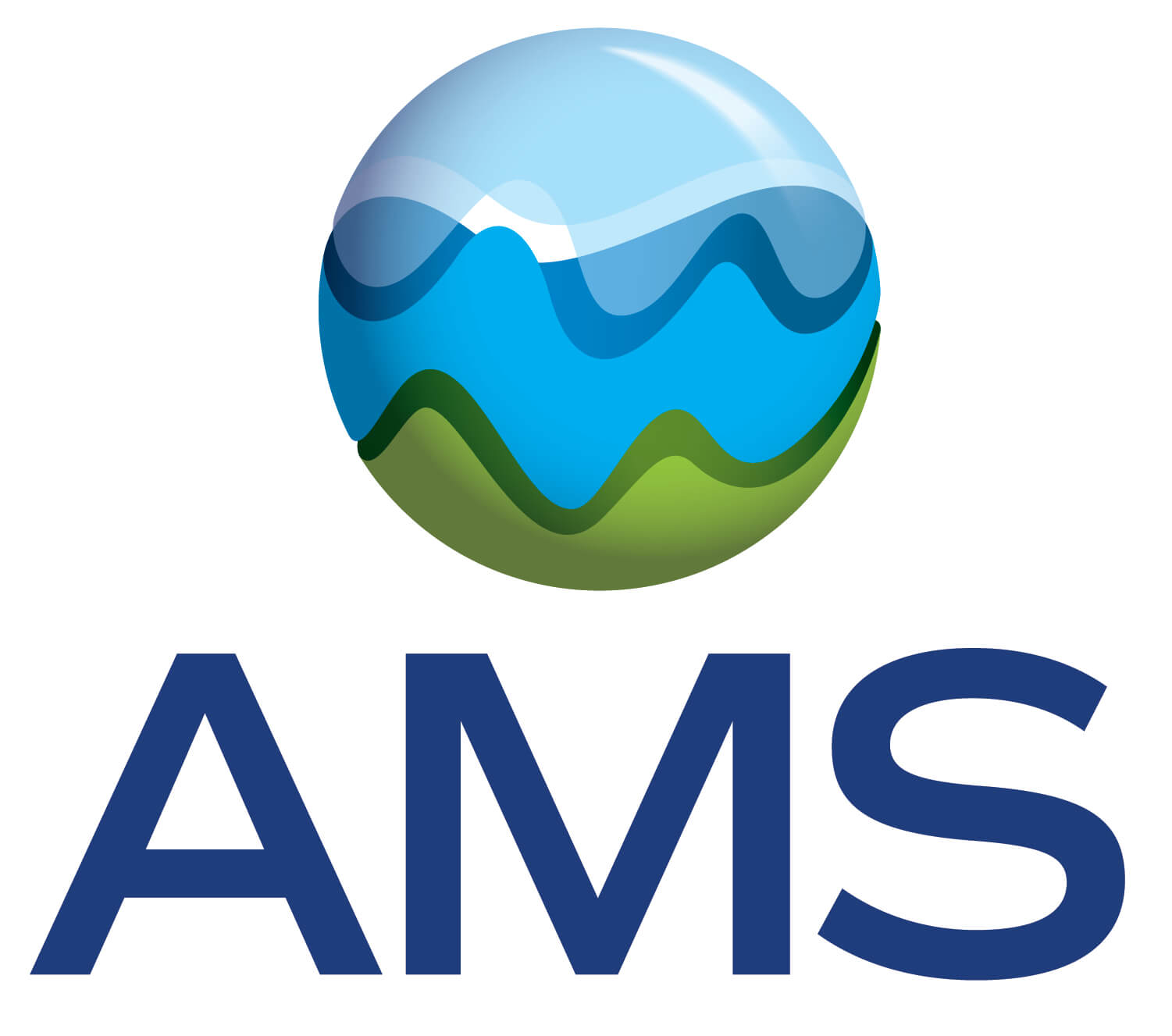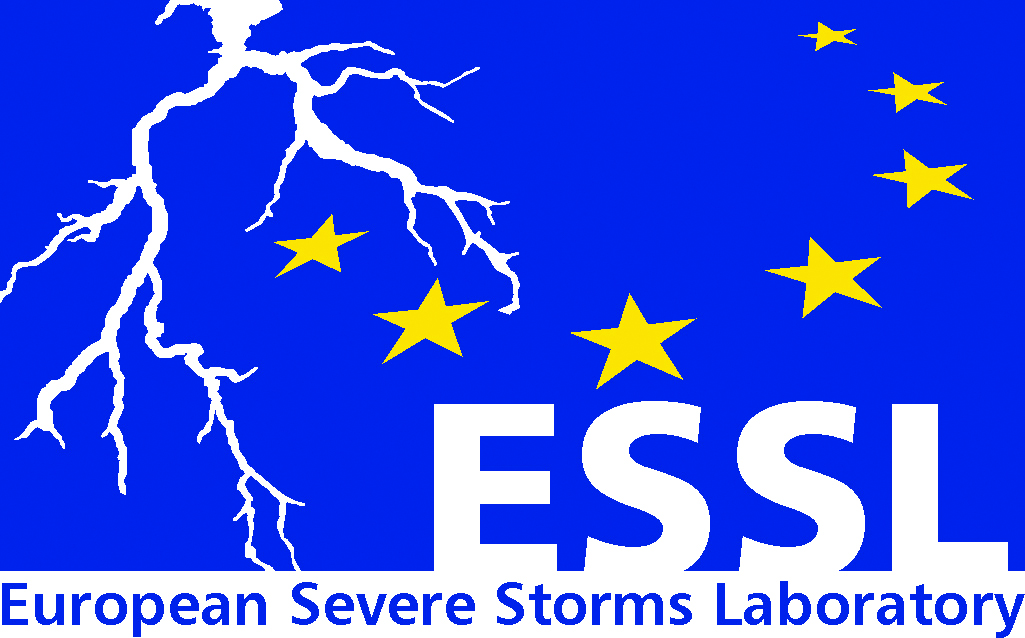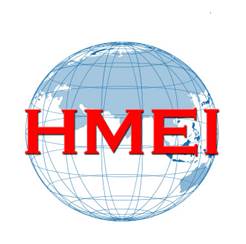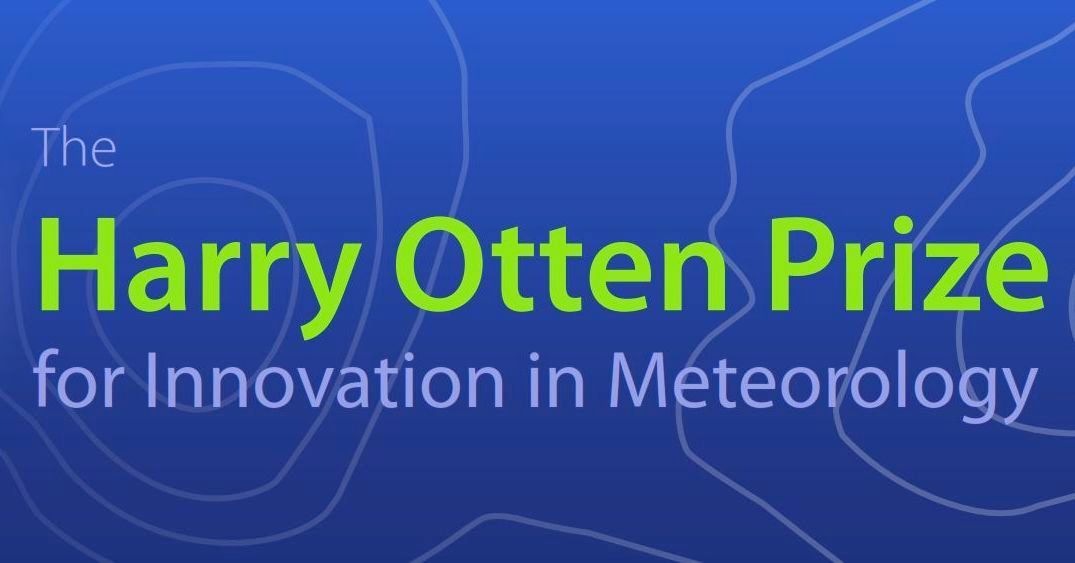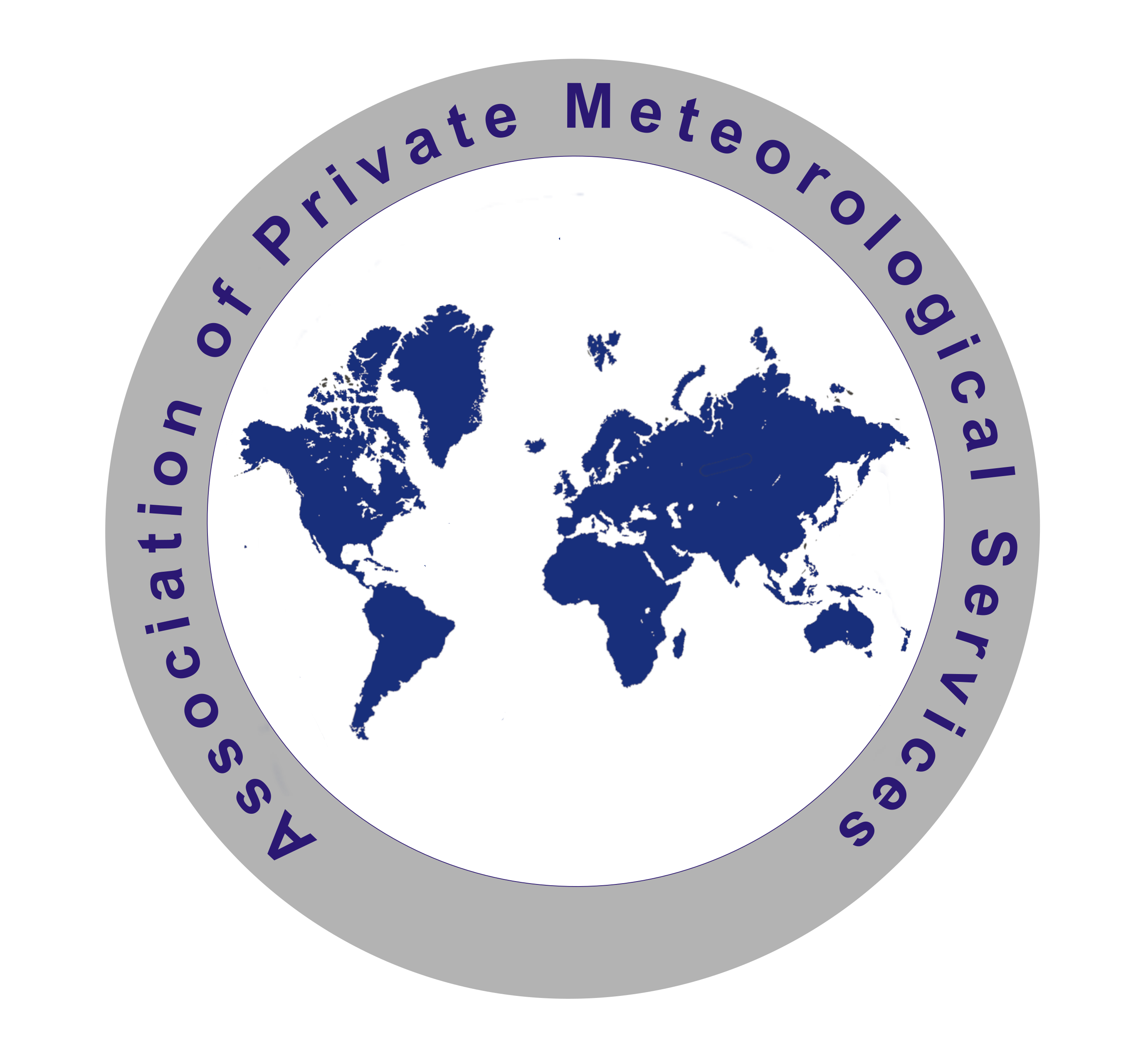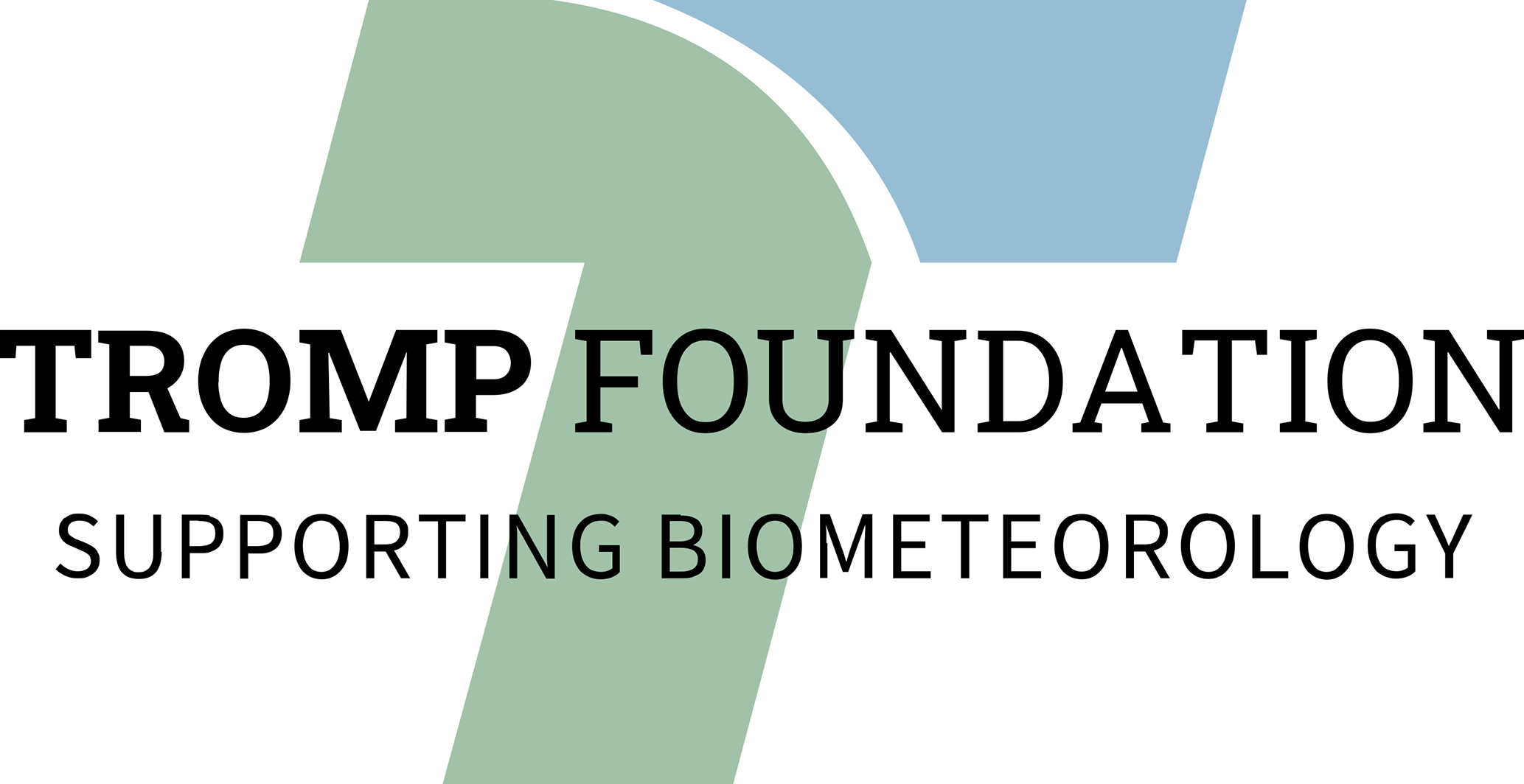Atmospheric measurements: Instruments, experiments, networks and long-term programs using in-situ and remote sensing techniques
This session is intended to give a forum to discuss recent developments and achievements in local to regional measurement concepts and technology. There will be a special emphasis on measurements which seek to improve our understanding of complex atmospheric processes – especially those characterizing interactions in the climate system – through obtaining comprehensive data sets. The focus is on measurements of atmospheric dynamics and thermodynamics, energy and water cycle components, and on the interaction of the atmosphere with the underlying surface.
The session will also include consideration of novel measurement approaches and networks under development for future operational use, e.g., within the frame of the Eumetnet observations program and various COST actions (such as PROBE), and the performance of new measurement techniques. Manufacturers of hydro-meteorological instruments and system solutions are thus explicitly invited to present news on sensor development, sensor performance and system integration.
Techniques may cover in-situ and remote sensing measurements from various platforms. Special attention will be given to the creation of a new generation of reliable unmanned instrument networks across Europe that provide calibrated and controlled data on the boundary layer structure in near-real time. This also includes metrological aspects of sensor characterization. Contributions are also invited that make use of advanced data sets for satellite data validation.
Moisture and Evaporation
09:00–09:30
|
EMS2024-435
|
solicited
|
Onsite presentation
09:30–09:45
|
EMS2024-86
|
Onsite presentation
09:45–10:00
|
EMS2024-352
|
Onsite presentation
10:00–10:15
|
EMS2024-498
|
Onsite presentation
10:15–10:30
|
EMS2024-721
|
Onsite presentation
Coffee break
Chairpersons: Jens Bange, Frank Beyrich
Observatories and Airborne Systems
11:00–11:30
|
EMS2024-976
|
solicited
|
Onsite presentation
11:30–11:45
|
EMS2024-388
|
Onsite presentation
11:45–12:00
|
EMS2024-638
|
Onsite presentation
12:00–12:15
|
EMS2024-825
|
Onsite presentation
12:15–12:30
|
EMS2024-801
|
Onsite presentation
12:30–12:45
|
EMS2024-888
|
Onsite presentation
12:45–13:00
|
EMS2024-1037
|
Onsite presentation
Lunch break
Chairpersons: Mariska Koning, Jens Bange
Experiments and Networks
14:00–14:15
|
EMS2024-194
|
Onsite presentation
14:15–14:30
|
EMS2024-419
|
Onsite presentation
14:30–14:45
|
EMS2024-594
|
Onsite presentation
14:45–15:00
|
EMS2024-585
|
Onsite presentation
15:15–15:30
|
EMS2024-871
|
Onsite presentation
15:30–15:45
|
EMS2024-887
|
Onsite presentation
15:45–16:00
Poster pitches
Sensors and Systems
09:00–09:15
|
EMS2024-1041
|
Onsite presentation
09:15–09:30
|
EMS2024-15
|
Onsite presentation
09:30–09:45
|
EMS2024-1009
|
Onsite presentation
09:45–10:00
|
EMS2024-195
|
Onsite presentation
10:00–10:15
|
EMS2024-218
|
Onsite presentation

